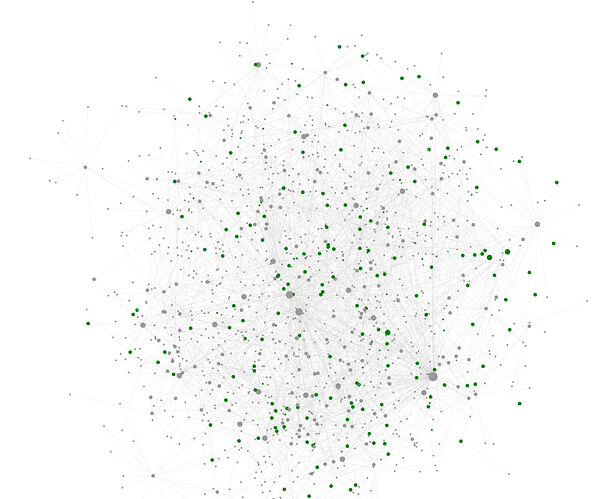@alex0 What I would like to do is decouple the tagging of pages from the organization of the tags themselves.
So for example, I might tag many pages with parent, child, and teddy. Over time, as the number of tags explodes, I find that I need to organize my tags, so I create a hierarchy and tell Logseq that teddy is a child node of child which is a child node of parent. I also tell Logseq that teddy is a child node of stuffedAnimal, which is a child node of toy. This automatically makes every single page tagged teddy appear in the hierarchies, without needing to edit the individual pages.
Another use case: Items imported from other systems (e.g. Zotero) have many overlapping tags, such as “History, 20th Century”, “history”, “History / World”. In practice, this creates graphs that look like this
and is practically unusable, the recommended solution being to just delete the tags (and discard the information contained in the tags).
A much better solution would be to create your own hierarchy, and then tell Logseq where the existing tags fit into your hierarchy. For example, I could search for all tags containing “history”, and place them under my history hierarchy.
This will automatically categorize all of the imported data without needing to edit any of the pages. Later, as my organizational system changes, I can move the tags around or create other hierarchies that fit my workflow.
